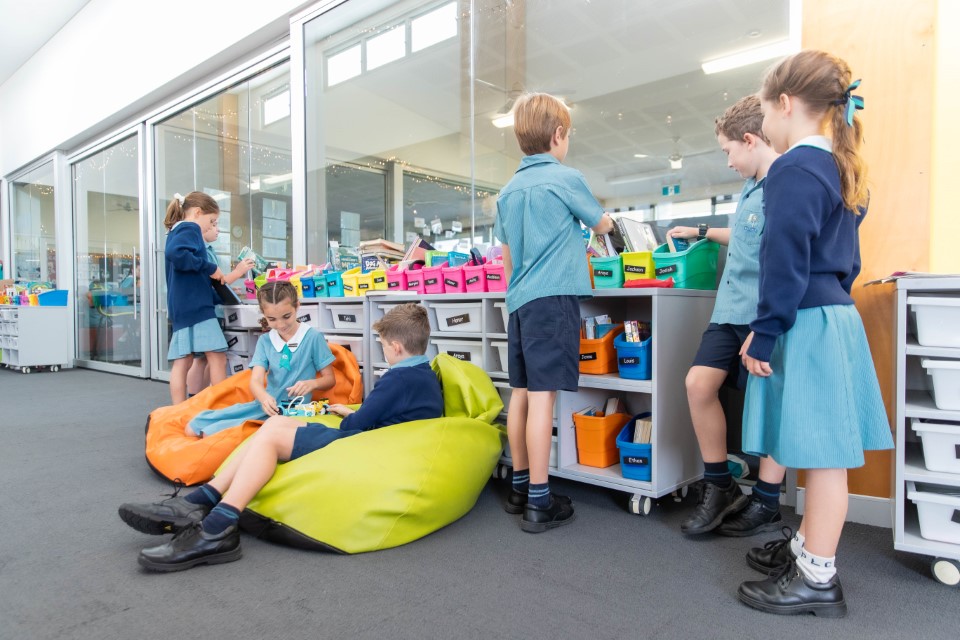What Is Differentiated Instruction and Why Is It Important?
What Is Differentiated Instruction and Why Is It Important?
Differentiated Instruction is the process of tailoring lessons to meet each student’s individual interests, needs, and strengths. Teaching this way gives students choice and flexibility in how they learn, and helps teachers personalize learning. This method also requires instructional clarity and clearly defined goals for learning, better enabling students to meet those goals.
What Are Some Differentiated Instruction Strategies?
 At Pacific, we differentiate instruction across four main areas: content, process, product, and environment.
At Pacific, we differentiate instruction across four main areas: content, process, product, and environment.
To differentiate content, teachers consider the objective of a lesson and then provide students with flexible options about the content they study to meet the objective, from subject or topic to approach or presentation.
With process differentiation, teachers differentiate how students learn. Grouping students based on their individual readiness or complementing each other is one way to accomplish process differentiation. Another is varying the way concepts are taught: through visual, auditory, or kinesthetic lessons, for example.
Product differentiation applies to the types of assignments students create. A teacher might ask students to explain a concept; the product could be a written report, a story, a song, a speech, or an art project. Varying the types of assessments that we give students is also an example of product differentiation.
The classroom environment also affects learning. Changing physical things in the classroom - how desks are set up or arranged, or where students can sit (on beanbags, for example), serves as classroom environment differentiation, which can also include changes to routines and habits.
Differentiating instruction is really a way of thinking, not a preplanned list of strategies. Oftentimes, it is making decisions at the moment based on this mindset. It’s recognising that all of our students bring different gifts and challenges and that as educators, we need to recognize those differences and use our professional judgment to flexibly respond to them in our teaching.
Mrs Sue Zweck, Head of Teaching and Learning K-5
